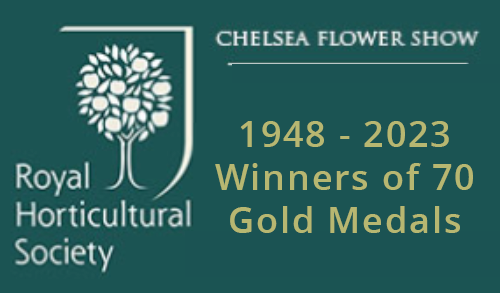News: Compost 4 0
News
Compost 4.0
How do they do that, it’s always sunny on television. Not in my garden. Trees are shedding their leaves; colchicums have been in flower since the end of August and self-seeding winter flowering pansies are in full bloom. Still, we hope for an Indian summer (the name originates from the Native Americans), we all could do with some unseasonably warm weather.
It is that time of year again when we get ready for planting bulbs in earnest. As tradition dictates this is the weekend for the compost email.
In preparing your pots and containers it is important to use the right soil mix. There has been plenty of press and television coverage of the right and wrong ways of making your own compost. Essentially, if you do make your own compost continue to do what works for you.
Rather than focusing on the best compost recipe here is what you need to keep in the shed. This will give you the ingredients for that perfect mix, no matter what bulbs or plants you are potting.
• bulb fibre (a more open and free draining structure than multipurpose compost, ideal for bulbs)
• nutrient enriched topsoil
• multipurpose compost
• horticultural grit
• sharp sand
• mushroom compost (slightly alkaline)
• perlite
Most bulbs like free draining moisture retentive friable soil. The growth of a good root system is what we are striving for, the bulbs will draw on copious amounts of water in the spring. The development of a good root system will not only pay dividends this year but will ensure that the bulbs absorb the maximum nutrients for their future growth.
Before filling your containers make sure the compost is suitably damp, it is exceedingly difficult to add sufficient moisture once the bulbs have been planted. The amount of moisture should be enough for the compost to bind when tightly squeezed. Most general-purpose composts will suffice but the mix should include garden soil, leaf mould and a small amount of horticultural grit. If you are buying compost, choose a soil-based mix such as John Innes No2.
Planting in the border follows much the same rules. If you need to add organic matter lightly fork in supplies from your compost heap, and if you can, leave a few weeks before planting. This is better than mulching your bulbs. Spring flowering bulbs do need warm soil temperatures during their “dormant” stage in the summer months.
Enjoy your garden,


